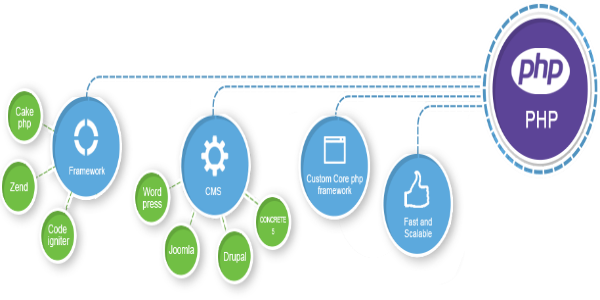
How To Get HTTP Request Information In Zend Framework Zend Codeigniter
As far as web development goes, Zend Framework is one of the preferred frameworks out there. It’s an MVC design that is used by many general websites. It enables uncomplicated access to a vast amount of information, such as getting present URL attributes. The front controller of Zend is what is called a singleton. It’s simple to think of it as a worldwide variable that should be accessed at will, no matter where you are in the improvement stack. The first lesson is simple: just because you have this energy doesn’t imply you should use it. Singleton patterns aren’t very popular because they lead to confusion. in case you are working in the view, you shouldn’t be accessing the front controller directly, as dictated in MVC design.
while working in the view the developer is limited to what he or she may perhaps do. it’s because the view is not supposed to have any logic code in it. To remedy this, Zend Framework developers created the Server Url view helper. It returns the URI or URL to build a base URL path. When further factors from the request object are needed, developers should instead put logic in the controller and access the knowledge by passing it to the view. When in the controller a developer may access strategies of the HTTP request object directly. Every controller in Zend will give access to ways for finding parameters, domains, paths, and schemes of URI information. this is where user interface components such as bread crumbs should be effortlessly created and passed to the view while still following the MVC principle. It may take more lines of code than the Server Url view helper, but controllers give developers access to more options. The controller makes it easy to access the HTTP request because it extends a type that consists of the request object. Library files will more than likely not do the same: you are going to have to create a new example of the Zend Front Controller to get the information. As talked about earlier, this object is a singleton so you are able to access it wherever at all. While very useful, this style of capability should be used accordingly. To make things less difficult in getting a base URL, you could use a base URL helper. This allows you to swiftly access a set base URL in any edge of the application. You set this helper in the bootstrap and in your program configuration file. The base URL helper takes more time in setting up, but it’s a joy to have when working in the view to quickly piece together URL information. closing Thoughts
Zend Framework gives easy access to URI information, much like PHP does. The difference is that Zend Framework makes the process easier and does so according to MVC design. The major component is which you can depend on the ways to return what you need – you won’t should build your own tips and functions to get URL variables.
New PHP equipment accessible to assist PHP Developer in India
Free Php, Html, Css, Javascript Editor (ide) – Codelobster Php Edition . What a Smaller brand can acquire with Webdesign for small prone needs to be appealing to draw clients.
Article Written By Yoginet India
We provide high quality web design services. Our services reflect our knowledge and in depth understanding of the project. We always assure our customers to provide best services.we take pride in our tradition of maintaining dynamic partnerships. Grow with us
